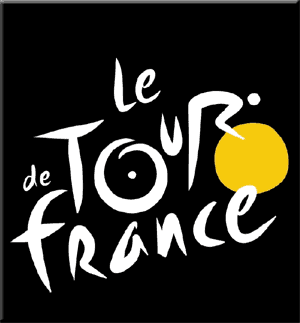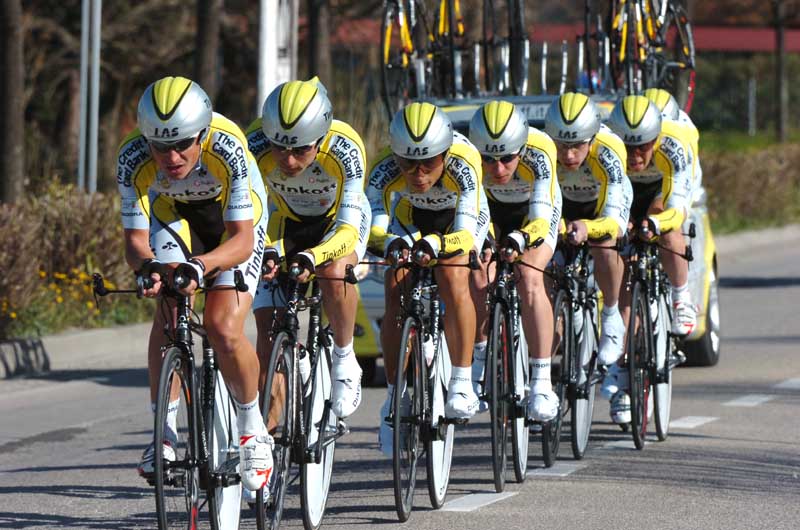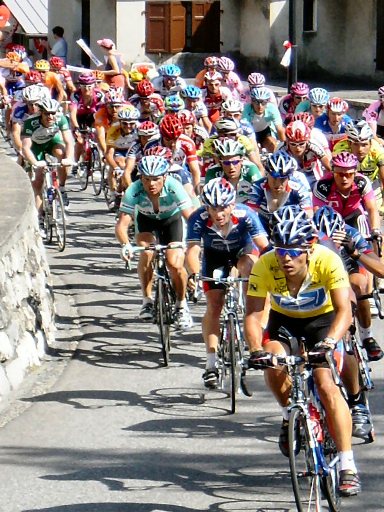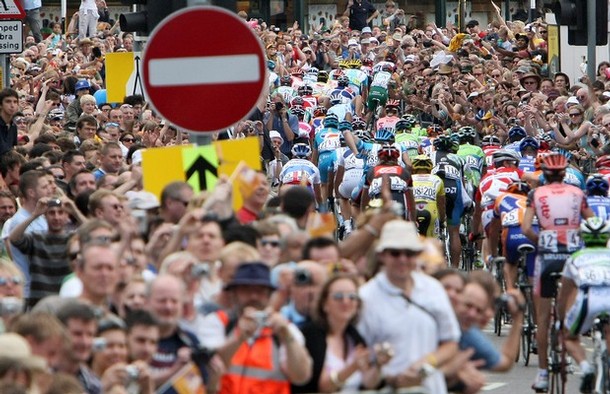 www.philebrity.com
www.philebrity.com
"It's a more intricate sport than perhaps people perceive. Most people think you get on your bikes and ride. The Tour de France coverage has kind of explained that it's a lot more than that." -Jeff Sobul
The Tour de France, over a hundred years old beginning in 1902, is one of the most well-established and physiologically demanding competitive races in organized sports. Across France in a 2200 mile course, this three week, 20 stage race invites only 20 teams from around the world. It is a feat of endurance, strategy, strength, but most importantly, teamwork.
The teamwork necessary behind the Tour is crucial. The strongest cyclist on the team is the only one who has a real chance at winning, so his team members’ roles are based around this one cyclist, despite their intense preparatory training. It is their job to pace him, sacrifice their own equipment and allow him to draft. It is to their benefit to boost their team through a single rider, even though they are making sacrifices on an individual level. It is also not uncommon in cycling to have cooperation amongst the competition, especially compared to its rarity in other sports.
This aspect of the Tour de France, which reaches far beyond cycling and even strategy of the sport, is revealing of the power of the bicycle. The nature of the sport and the event has fostered a culture of cooperation and symbiotic behavior amongst competitors. Simply based on laws of physics, a rider could not win the race by isolating himself from the crowd. There is a necessary reliance on both team members and competitors for each individual’s success and thus a following of the unwritten rules of the game.
 www.beijingxpress.com
www.beijingxpress.com
Pace lining is essential and advantageous to the Tour, other racing, and even recreational group riding. This is when cyclists ride directly behind one another, meaning there is less than 4 inches between back wheel of one rider and front wheel of the next rider. This allows for riders to draft off each other. It is estimated that 40% of effort is saved through this technique as compared to riding against the wind solo. With this strategy comes certain rules and riding etiquette. Drafting off of others while not taking your turn with the wind would grant the reputation as a “wheel sucker” and hurt you in the long-run.
If a team works together, they can put their competition “in the gutter.” This means that, with a strong crosswind, the gutter allows for no draft for the wind coming uninhibited to the side of the guttered rider. In order to create this disadvantage, the opposing team must create a diagonal pace line that forces other riders to the side. Once the rider has split from the line and is now facing the strong winds, it is difficult for him to maintain speed or catch up to the group (Bicycling Magazine).
“To win races you have to cultivate friendships” –Davide Boifave
 www.wayfaring.com
www.wayfaring.com
back to The Bicycle home page
 theage.com.au
theage.com.au
